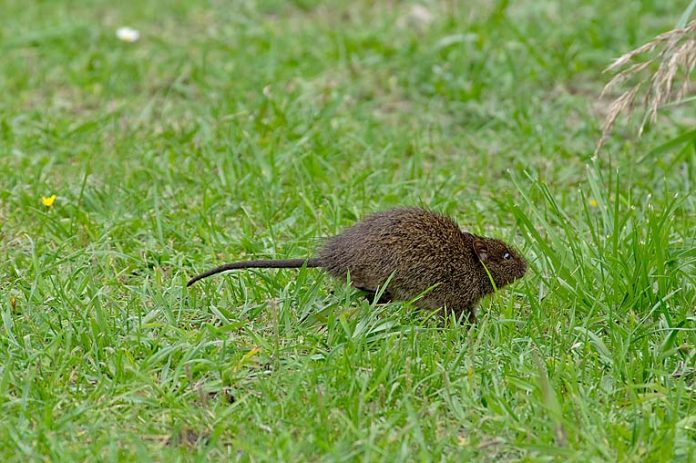

NATIVE critters have been caught up in a case of mistaken identity, with recent reports of feral rats in local gardens later identified as the rare and protected native eastern swamp rat.
Natural Resources South East senior ranger Cath Bell said the eastern swamp rat could easily be mistaken for a less popular feral species such as the black or brown rat.
“If you’re lucky enough to catch a glimpse of this shy native animal, you can tell it apart from a feral by looking at its ears and tail,” she said.
“Swamp rats have a shorter tail and shorter ears – the tail is roughly the same length as its head and body, where a feral rat’s tail is much longer.
“They are also much cuter than feral rats.”
Unlike introduced black or brown rats, native swamp rats are herbivores and feed on grass and sedge roots.
Recent reported encounters seem to be associated with disturbance or clearance to areas of people’s gardens.
“Swamp rats like moist areas with dense cover creating tunnels and excavations through the vegetation,” Ms Bell said.
“The removal of sedge-type plants and dense lower canopies has seemingly encouraged them to move to other parts of people’s gardens where they are less welcome, for example the veggie patch.”
The eastern swamp rat is listed as rare and protected under the National Parks and Wildlife Act.
It is illegal to kill or interfere with protected wildlife.
“We encourage a ‘living with wildlife’ approach,” Ms Bell said.
“That basically asks people to understand the needs of our native animals and consider their welfare when designing and maintaining gardens and homes.
“If you are lucky enough to have a native rat living at your place, you could consider leaving a part of your garden unmanaged by leaving fallen branches and leaf litter lying around and allowing grasses to grow tall.
“Alternatively, to discourage them from your ornamental garden and veggie patch, keep grass short and control weeds or overgrown plants.”
MISTAKEN IDENTITY: The rare and protected native eastern swamp rat has been caught up in a case of mistaken identity recently, with home owners confusing the species for the less popular feral black and brown rats.







